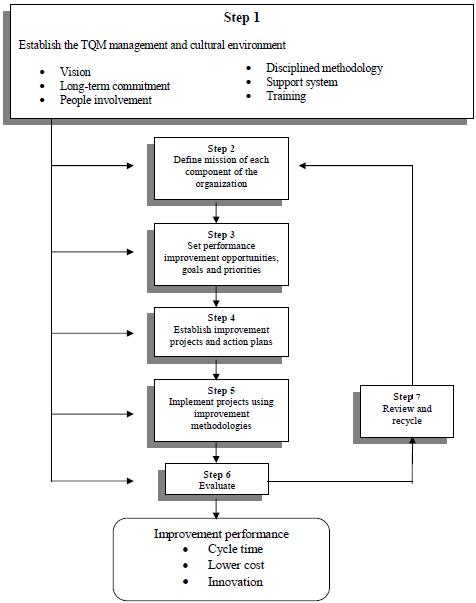Exposures to Exchange Rate Fluctuations
International business is facilitated by markets that allow flow of funds between countries in different currencies. Multinational corporations are involved in international trade and receive and pay in various currencies. MNCs must constantly monitor exchange rates because their cash flows are highly dependent on them. The risk faced by these companies due to exchange rate movements after having already entered into financial obligations is called exchange rate risk. Such exposure to fluctuating exchange rates can lead to major losses for the firms.
Exchange rate fluctuations cannot be forecast with accuracy. However, using various techniques, the amount of exposure can be measured and minimized.… Read the rest

